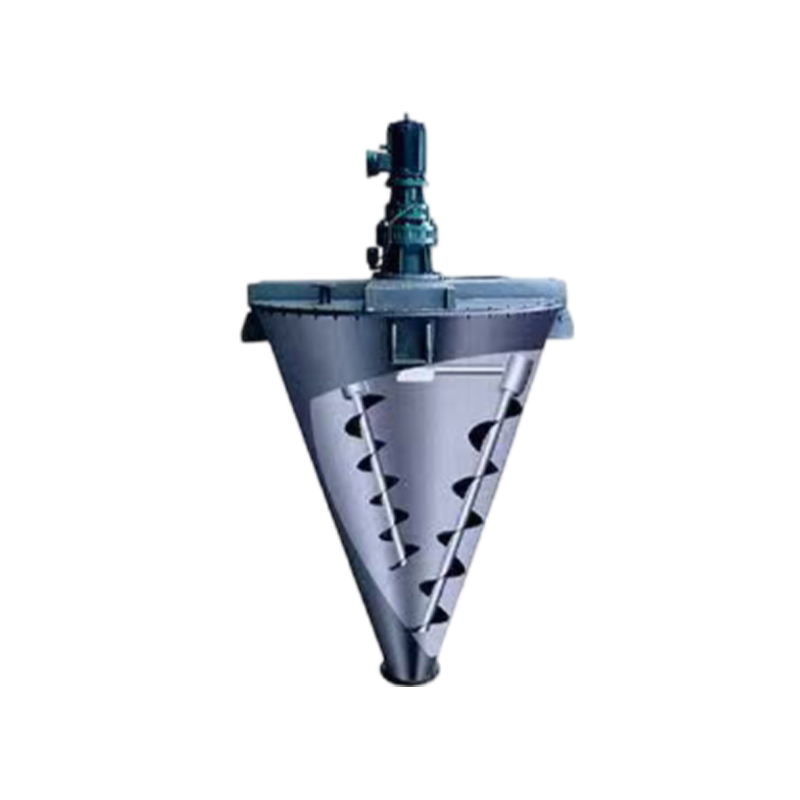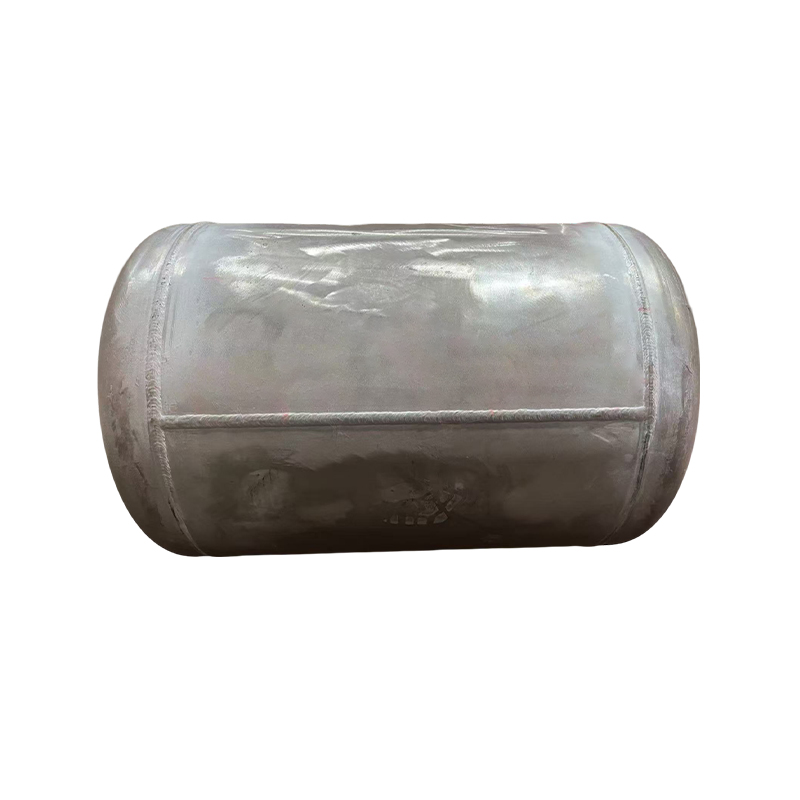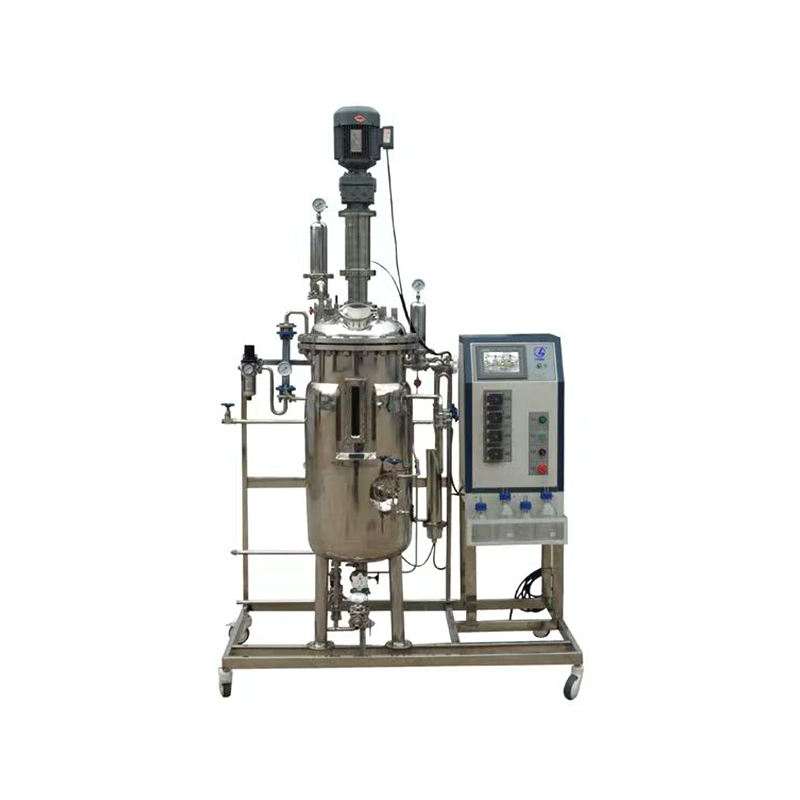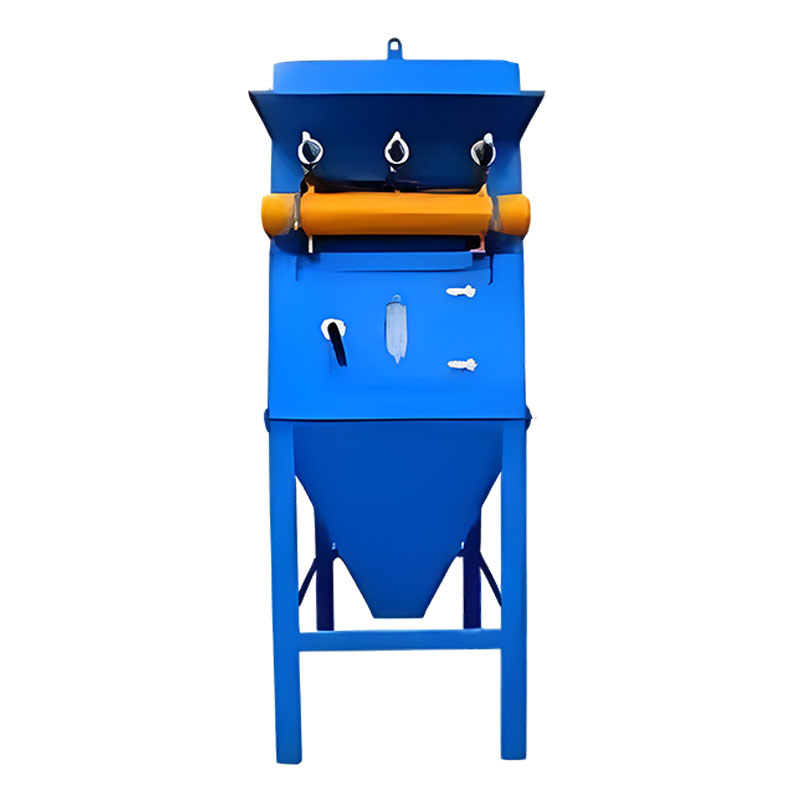How can a fermentation tank’s sterilization system achieve efficient and uniform heat distribution?
Release Time : 2025-10-09
The sterilization system of a fermentation tank requires optimized heat distribution to achieve efficient sterilization. Key elements include uniform steam penetration, precise temperature control, and adaptable equipment design. This process involves the coordinated integration of multiple components, including steam generation, piping layout, temperature monitoring, and tank design, ensuring a seamless sterilization process and minimizing thermal damage.
Uniform steam distribution is the foundation of optimized heat distribution. Fermentation tanks typically utilize multi-hole nozzles at the top or bottom to disperse steam into the tank, avoiding localized high or low steam concentrations. Steam piping must be customized to the tank dimensions to ensure that steam flow rate and pressure are aligned to prevent condensation caused by excessive flow or thermal lag caused by excessive flow. Furthermore, the steam generator must provide stable pressure output to prevent temperature fluctuations caused by pressure fluctuations, which could compromise sterilization effectiveness.
Precise temperature control relies on multi-point monitoring and intelligent regulation systems. Multiple temperature sensors are distributed throughout the fermentation tank to monitor temperature changes at various locations in real time. When the sensors detect temperature differences, the control system automatically adjusts the steam valve opening or heating power to ensure consistent temperatures across the tank. For example, if the temperature in a certain area is too low, the system will increase the steam supply to that area; if the temperature is too high, it will cool it down by circulating cooling water or reducing steam input. This dynamic adjustment mechanism can effectively eliminate uneven heat distribution.
The tank structure has a direct impact on heat distribution. Cylindrical tanks, due to their symmetry, facilitate uniform steam diffusion. However, the tank's height-to-diameter ratio must be optimally designed. Research has shown that when the height-to-diameter ratio is within a specific range, steam flow resistance is minimized and heat distribution is most uniform. Furthermore, deflectors can be installed inside the tank to guide steam along a predetermined path, preventing short-circuiting or vortexes. For large fermenters, zoned heating technology can be used to divide the tank into multiple independent zones with separate temperature control, further improving thermal uniformity.
Optimizing the agitation system is key to achieving uniform heat distribution. During the sterilization process, agitation ensures efficient flow of the fermentation liquid, promoting heat transfer. Fermentation tanks are typically equipped with multi-layered impellers or turbine-type agitators. Adjustable agitation speed and direction ensure circulation of the fermentation liquid within the tank. For example, low-speed stirring can prevent liquid splashing and reduce heat loss, while high-speed stirring can accelerate heat transfer and shorten sterilization time. The seal design between the stirring shaft and the tank body must also take thermal expansion into account to prevent seal failure due to temperature increases.
The use of insulation materials can reduce heat loss and maintain a stable temperature within the tank. Fermentation tanks are typically coated with high-performance insulation, such as polyurethane foam or glass wool, to effectively block heat transfer to the environment. The thickness of the insulation layer should be determined based on the tank size and ambient temperature to ensure that the tank temperature fluctuates within the allowable range during the sterilization process. Furthermore, seals should be used at the tank joints to prevent steam leakage and localized temperature drops.
The optimization of sterilization process parameters must be based on the material characteristics and sterilization requirements. For heat-sensitive materials, low-temperature, long-term sterilization or a staged heating process is recommended to prevent high-temperature damage to active ingredients. For non-heat-sensitive materials, high-temperature, short-term sterilization can be used to improve efficiency. Steam humidity must also be controlled during sterilization to prevent localized low temperatures caused by condensation. By experimentally determining the optimal combination of sterilization temperature, time, and pressure, a balance between heat distribution and sterilization effectiveness can be achieved.
The fermentation tank sterilization system achieves efficient and uniform heat distribution through uniform steam distribution, precise temperature control, optimized tank structure, improved agitation devices, the use of insulation materials, and optimized process parameters. This comprehensive solution not only improves sterilization reliability but also reduces energy consumption and costs, providing technical support for high-quality production in the fermentation industry.







